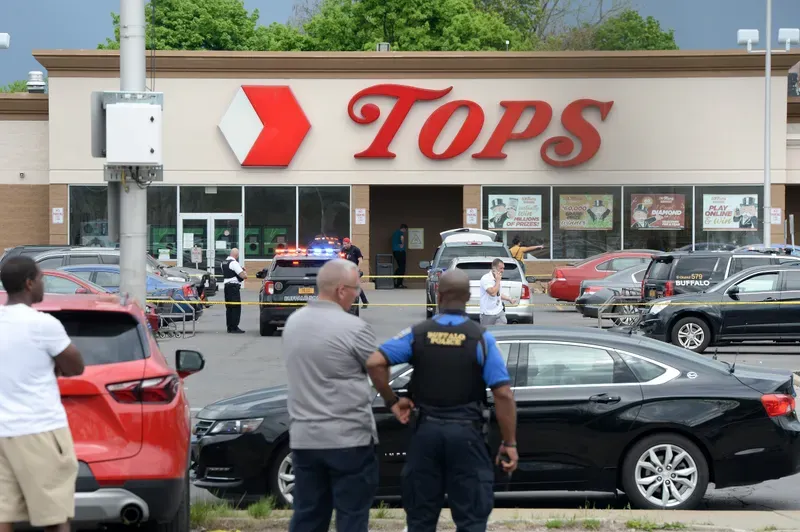
Buffalo, NY (WBEN) As the investigation into Saturday's shooting at Tops Market in Buffalo continues, there are concerns not enough is being done to remove harmful or threatening content from the web.
The issue is front and center after the suspect in the heinous attack livestreamed the killings on a social media platform, becoming available to the public before being removed.
WBEN is asking questions about this troubling online content issue and one expert tells us the biggest challenge handling it in real time.
University at Buffalo cybersecurity expert Arun Vishwanathan says with new sites popping up everyday, it's virtually impossible to remove everything potentially threatening, hateful or harmful from the web. He adds it's not just removing them. "It's removing them on a real time basis that makes it really challenging," says Vishwanathan. "You have an event, you want to make sure this thing doesn't disseminate. How long is enough? Right? Isn't it minute too much, while apparently even two minutes is too much, very often."
Police say the shooter livestreamed the event through Twitch. Vishwanathan says while the major platforms share hashes that lead to warnings, that may still take too long to remove the content. "It's a very nuanced difference. And it takes a few minutes for people to look at it and confirm it. And that few minutes is too much," explains Vishwanathan.
Vishwanathan says removing hateful or threatening content is a shared responsibility. While the big platforms are doing a lot, he says it's not enough. "Facebook has a different set of standards, Twitch has a different set of standards, YouTube has a different set of standards. And then, once their standards are all the same, or stronger or tighter, someone else comes on board and says, hey, you know what, come to my platform, and you can do it without even reviewing it," says Vishwanathan. He adds we need to be more proactive by reporting objectionable content as well. He warns the audience for this must also come to an end, and that audience must be held accountable.
He adds law enforcement also has a role to play. "If there's an individual out there actively posting and actively amplifying, we need to go after them," says Vishwanathan. He says information like time zones and GPS are needed to get to law enforcement to go after those who are disseminating such material.


